Best SQL Learning Guides to Buy in December 2025
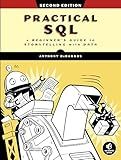
Practical SQL, 2nd Edition: A Beginner's Guide to Storytelling with Data


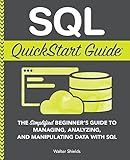
SQL QuickStart Guide: The Simplified Beginner's Guide to Managing, Analyzing, and Manipulating Data With SQL (Coding & Programming - QuickStart Guides)


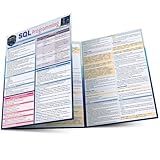
SQL Programming QuickStudy Laminated Reference Guide



SQL All-in-One For Dummies (For Dummies (Computer/Tech))


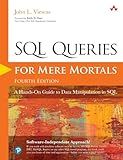
SQL Queries for Mere Mortals: A Hands-On Guide to Data Manipulation in SQL



SQL for Data Analysis: Advanced Techniques for Transforming Data into Insights



SQL Pocket Guide: A Guide to SQL Usage



SQL in 10 Minutes a Day, Sams Teach Yourself


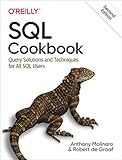
SQL Cookbook: Query Solutions and Techniques for All SQL Users


To join two tables in Oracle SQL, you can use the SQL JOIN clause. This allows you to combine rows from two or more tables based on a related column between them.
There are different types of joins you can use, such as:
- INNER JOIN: Returns rows when there is a match between the columns in both tables.
- LEFT JOIN (or LEFT OUTER JOIN): Returns all rows from the left table and the matched rows from the right table. If there is no match, NULL values are returned from the right table.
- RIGHT JOIN (or RIGHT OUTER JOIN): Returns all rows from the right table and the matched rows from the left table. If there is no match, NULL values are returned from the left table.
- FULL JOIN (or FULL OUTER JOIN): Returns rows when there is a match in one of the tables. It combines the results of both LEFT and RIGHT joins.
To perform a join in Oracle SQL, you would typically write a query that specifies the tables you want to join, the columns you want to use to join them, and the type of join you want to perform. For example:
SELECT * FROM table1 INNER JOIN table2 ON table1.column_name = table2.column_name;
This query would perform an INNER JOIN between table1 and table2 based on the specified column_name.
How to join two tables in Oracle SQL using a natural join?
To join two tables in Oracle SQL using a natural join, you can simply use the NATURAL JOIN keywords in your query.
Here is a basic example of how to join two tables using a natural join:
SELECT * FROM table1 NATURAL JOIN table2;
In this example, Oracle will automatically join the two tables based on columns with the same name and datatype. It will match the columns in both tables that have the same names and datatypes and return the result set.
Keep in mind that using a natural join can be risky as it may not always provide accurate results, especially if the column names are not consistent or if there are multiple columns with the same name. It is recommended to explicitly specify the columns to join on using the JOIN ON clause for more control over the join operation.
What is a hash join in Oracle SQL and how does it improve query performance?
A hash join is a type of join operation in Oracle SQL where the database engine builds a hash table for one of the input tables and uses it to efficiently match rows from the other input table.
Hash joins can improve query performance by reducing the amount of I/O and CPU processing required to execute the join. This is because hash joins can be more efficient than other join algorithms, such as nested loop or merge join, especially when joining large tables.
By using a hash join, the database engine can quickly hash the join keys and retrieve matching rows without having to scan the entire table. This can greatly reduce the amount of time needed to execute the join operation and improve overall query performance.
What is a nested join in Oracle SQL and how is it implemented?
A nested join in Oracle SQL is a type of join operation where one join condition contains another join operation in its criteria. This type of join is often used when joining three or more tables together.
To implement a nested join in Oracle SQL, you can use the following syntax:
SELECT columns FROM table1 JOIN table2 ON table1.column1 = table2.column1 JOIN table3 ON table2.column2 = table3.column2
In this example, table1 is being joined with table2 on column1 and then the result of that join is being joined with table3 on column2. This creates a nested join operation where the result of one join is used in the next join condition. This allows you to join multiple tables together in a single query.
